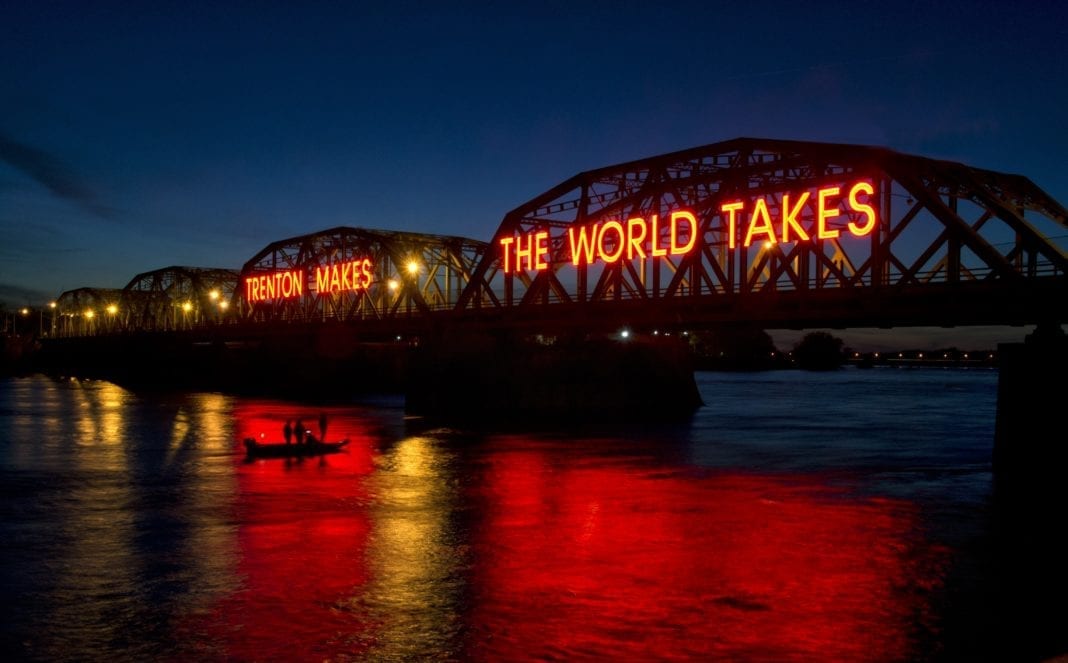Throughout its history, New Jersey’s Capital City has been a place of industrial development. This rampant industrialization can be traced back all the way to the 1840’s when businessman from both the rubber and pottery industries found a home in the capital city. Since then, businesses have both come and gone, however many historical remnants of the past remain.
The attraction to the city of Trenton came from its links to easy and accessible means of transportation. This mobility eventually led businessman Peter Cooper to open the city’s first iron mill in 1845, following suit would be John A. Roebling who would move his wire rope/steel cable business to Trenton soon after.
From the 1850’s to the 1950’s Trenton’s biggest industries were pottery and rubber. In the year 1900 Trenton had already become a bustling city filled with industrial and economic growth, to go along with this the city itself was part of a manufacturing belt which ran along the Delaware River. It was during this period of time as well that Trenton began selling an abundance of manufactured goods to New York and Philadelphia.
It wasn’t until 1917 that the city of Trenton joyously proclaimed its industrial strength by erecting a large electric sign on the Lower Trenton Bridge which reads “Trenton Makes, the World Takes.” Trenton’s population continued to swell with the growth of its industries, developing from a size of 6,461 in 1850 to nearly 120,000 in 1950. The factory and mill jobs that were offered in the city at the time enticed people from all over to come and work hard to make a living for themselves and their families.
Philidelphiaencyclopedia.org states, “At that time, Trenton had the fifth-highest density of cities over 100,000 population, or around 17,000 persons per square mile.” Throughout the 1920’s Trenton maintained a beautiful downtown area, steady increase in residency, and industry which produced goods and services for the world.
This rich history of a city built by our forefathers is one that should be celebrated and remembered. Throughout the city of Trenton one can always find a new nook or cranny which has some type of important historical significance. Whether it be from the time of the revolutionary war or from the time of the first world war, Trenton has seen it all and it is because of that fact that we need to protect it the best we can.





